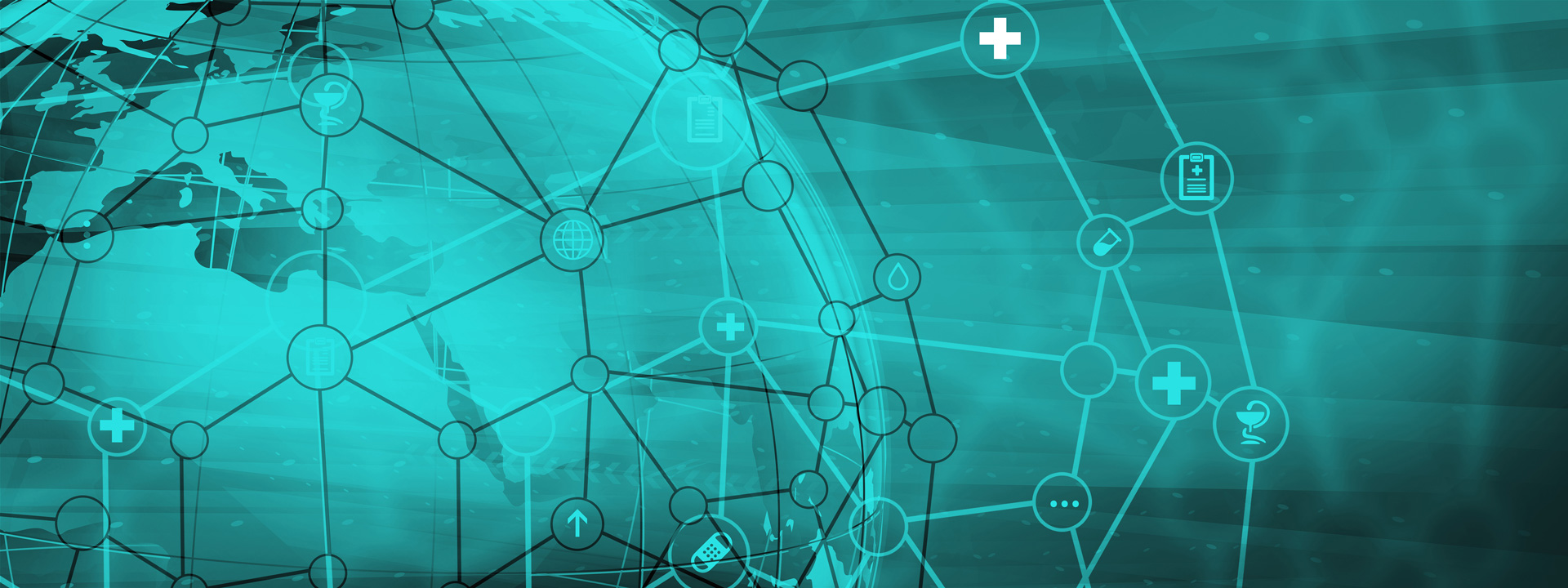
Australia’s health costs as a percentage of GDP are increasing dramatically. In the 10 years to 2013-14, health expenditure outstripped inflation, population growth and the rate of population aging. In 2015-16 total healthcare spend was $170.4 billion - 10.3% of GDP (Source: AIHW).
In an age when people expect access to advanced healthcare and better health outcomes, public and private health organisations alike recognise that ‘STEM’ skills are crucial. As a result of this, and the rapid digitisation of health services around the world, the demand for health data scientists, health technologists and technology-literate clinical staff has never been greater.
This collaborative approach will:
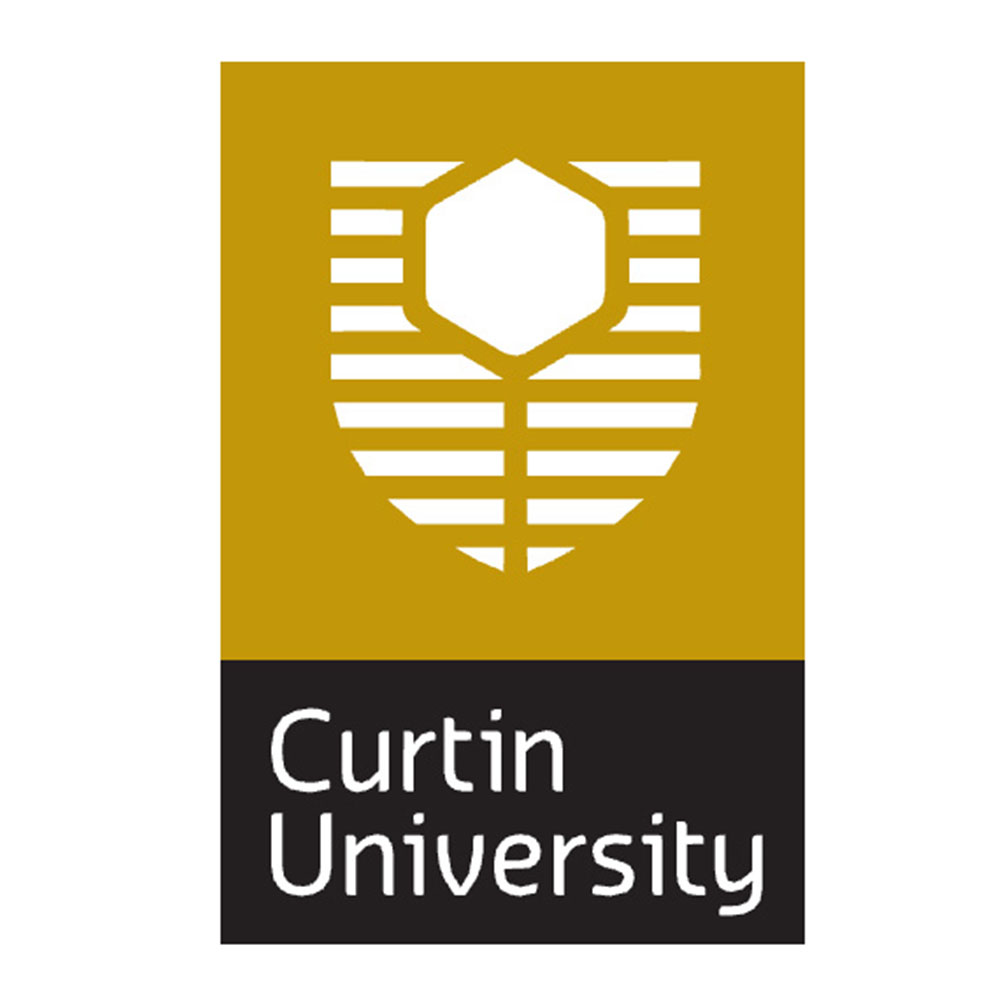
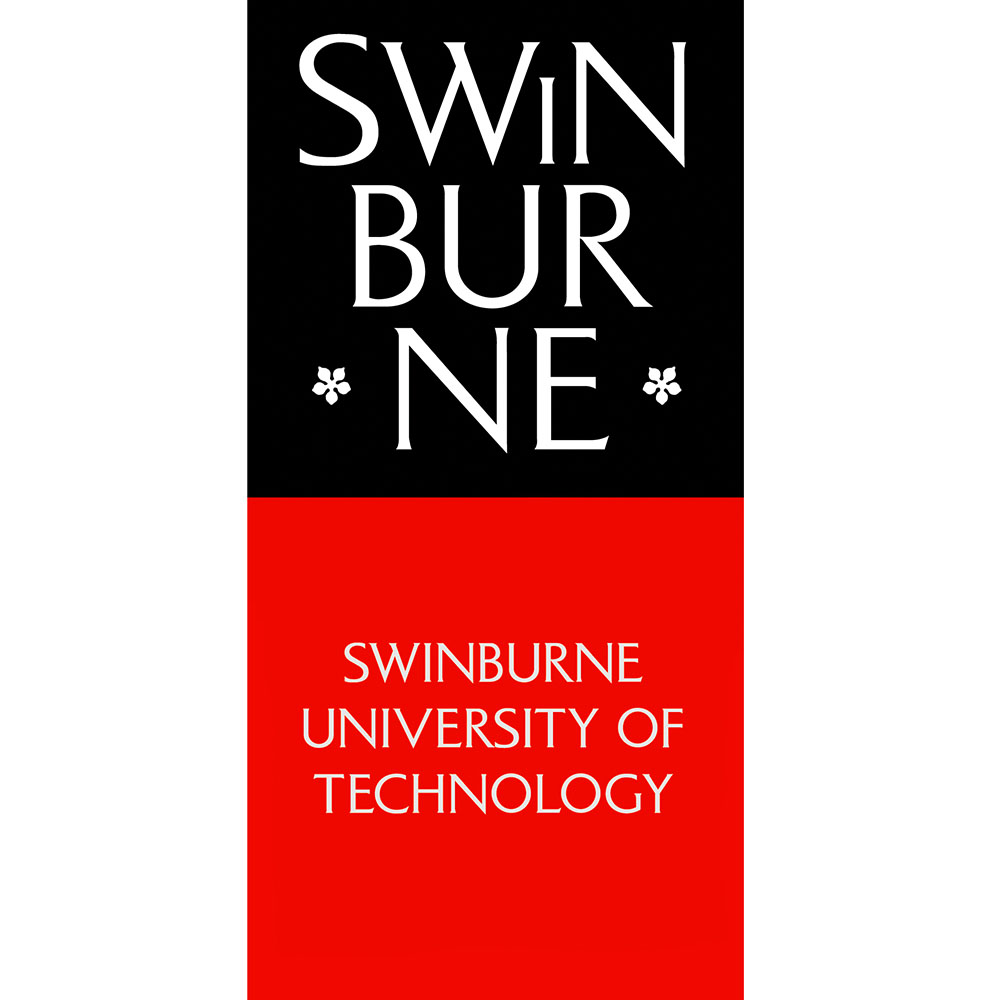
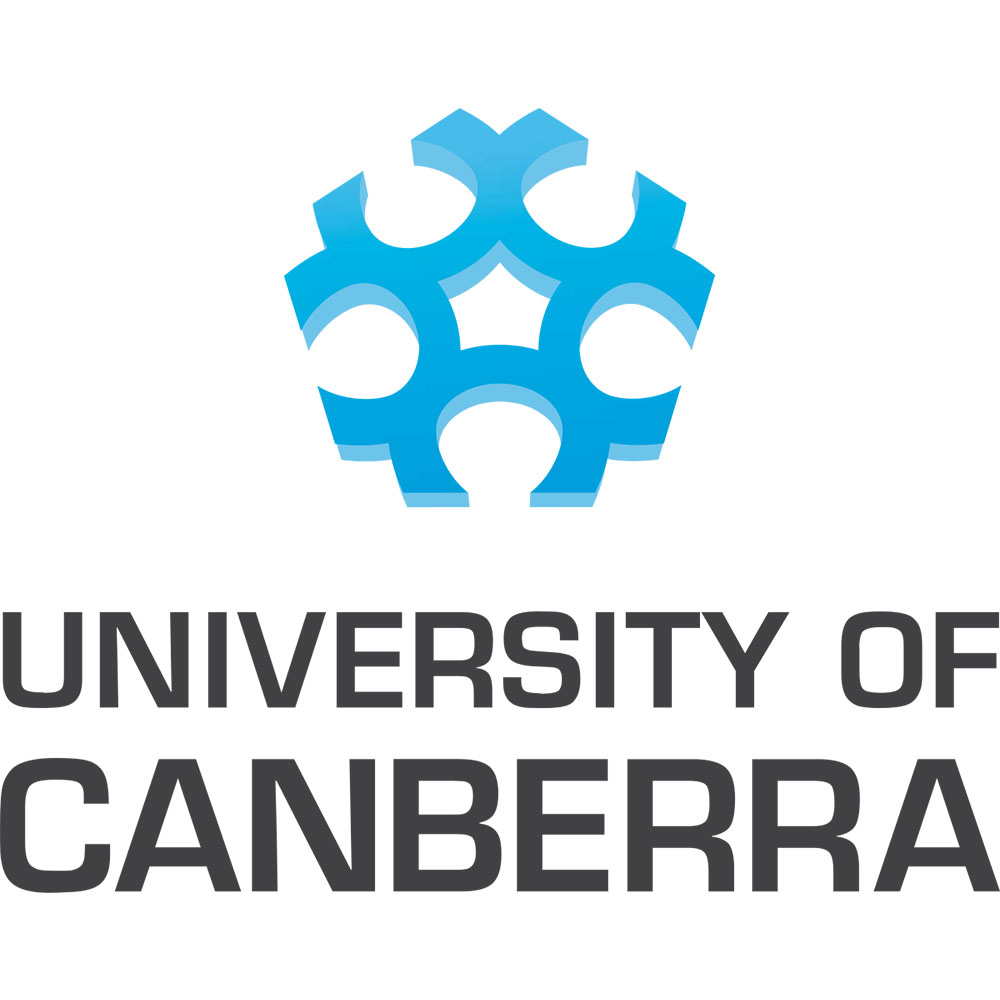
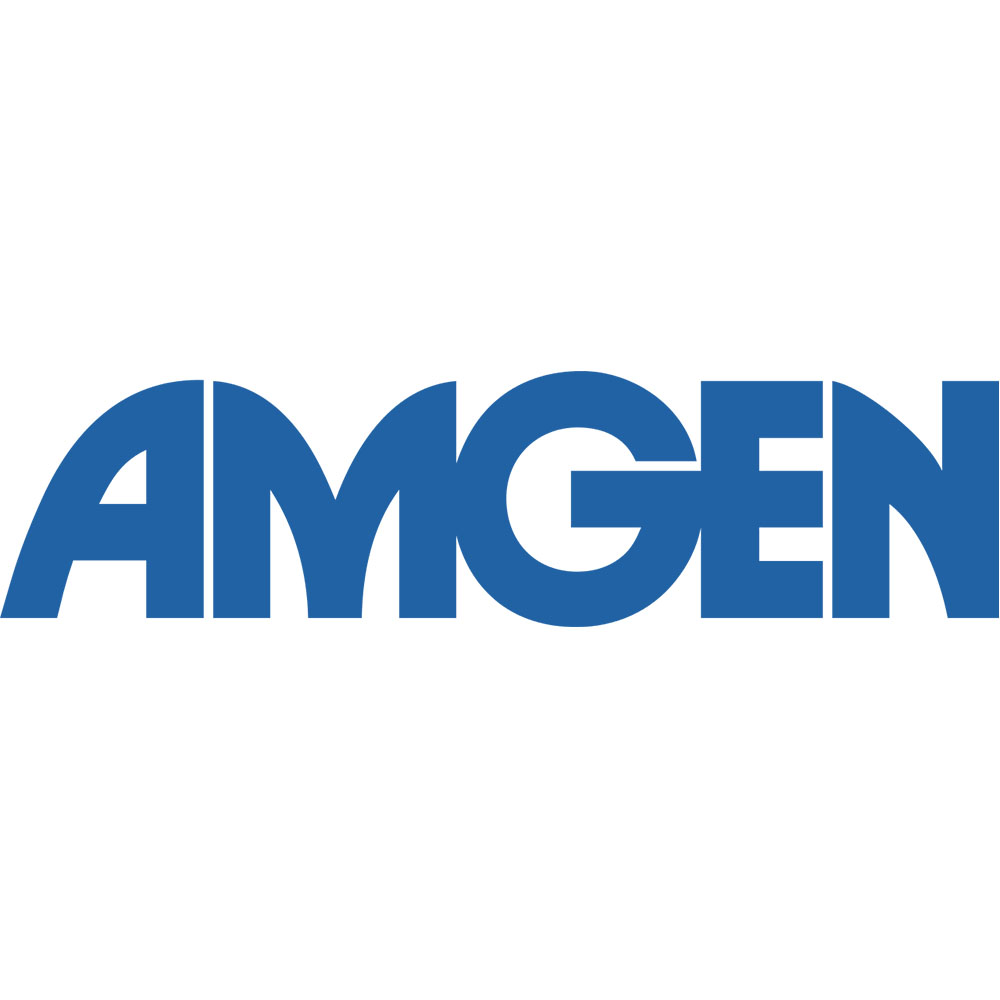
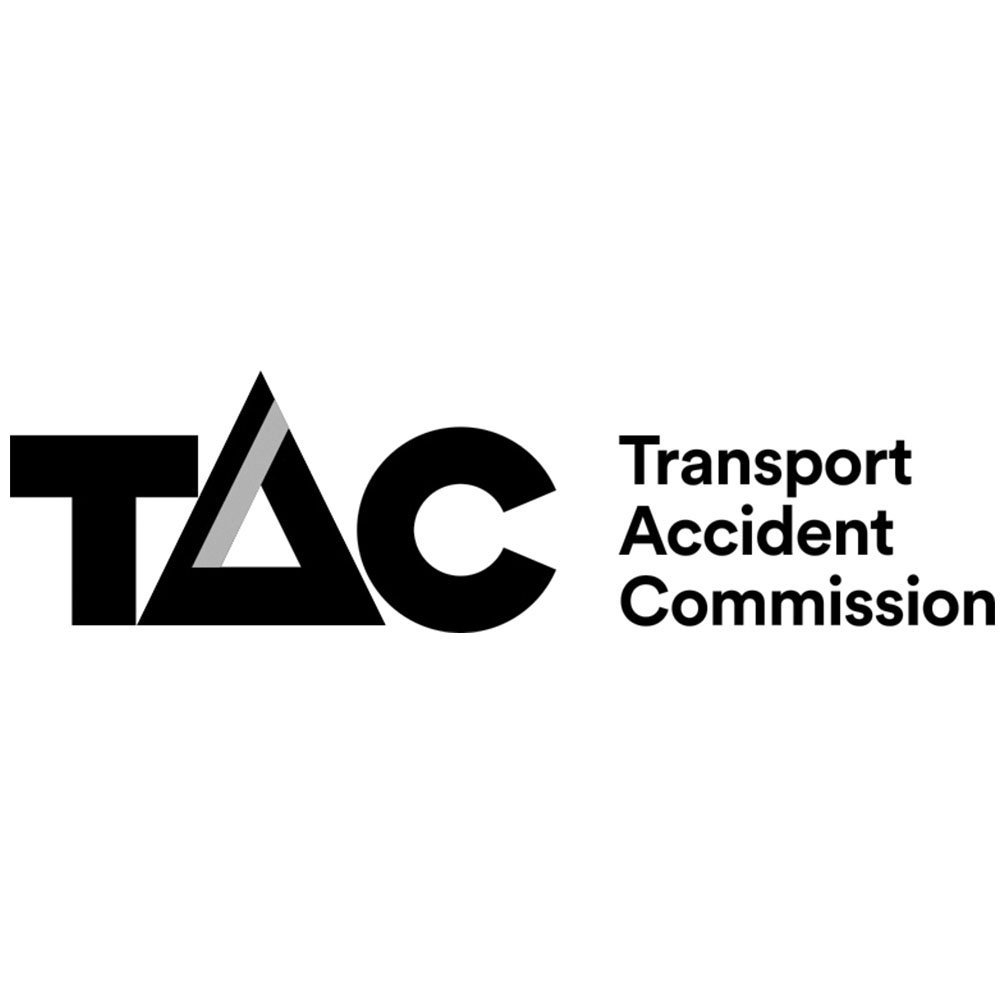
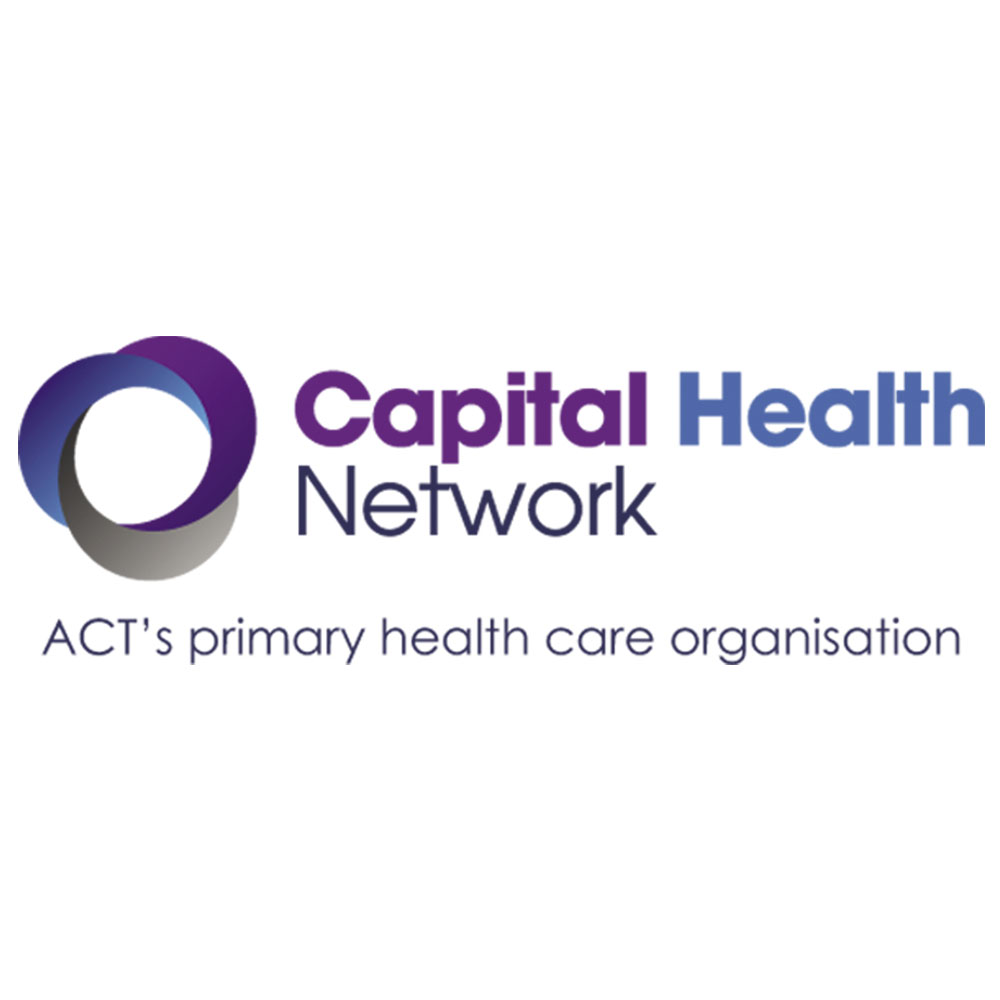

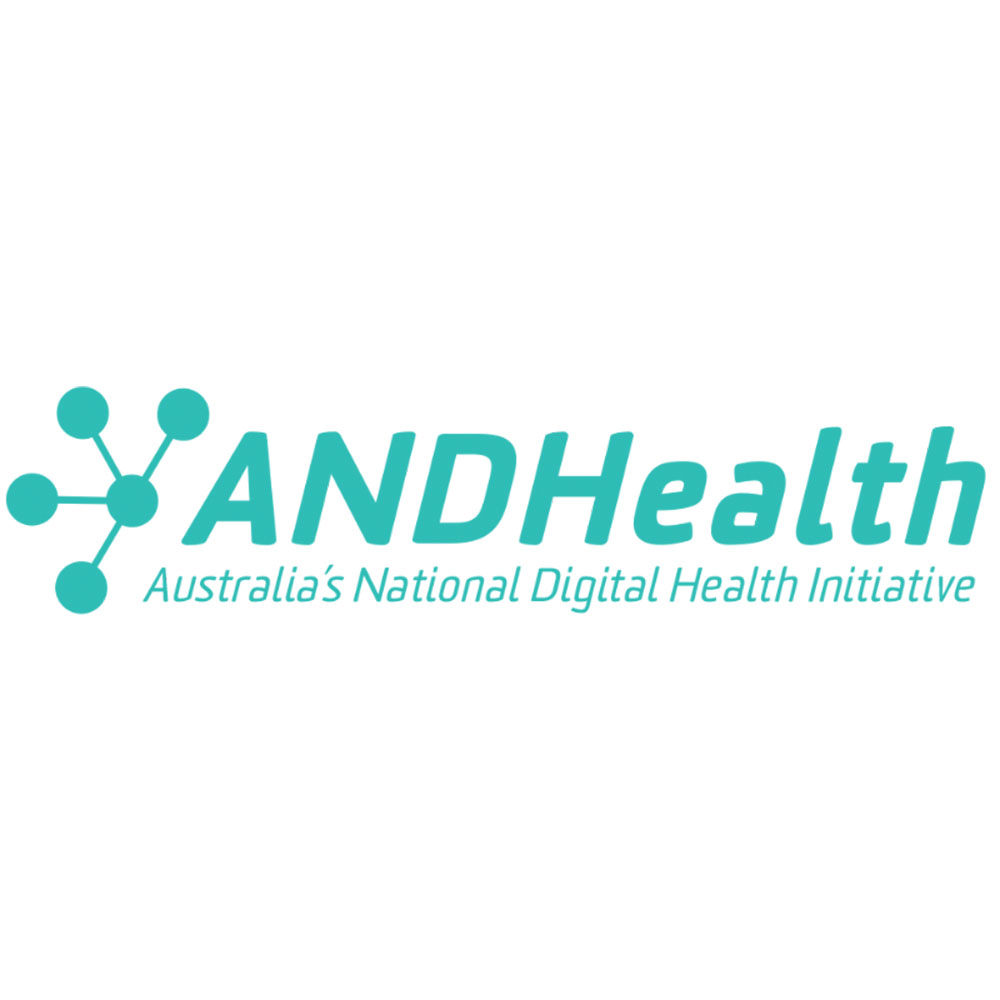

Acknowledgement of Country
RMIT University acknowledges the people of the Woi wurrung and Boon wurrung language groups of the eastern Kulin Nation on whose unceded lands we conduct the business of the University. RMIT University respectfully acknowledges their Ancestors and Elders, past and present. RMIT also acknowledges the Traditional Custodians and their Ancestors of the lands and waters across Australia where we conduct our business - Artwork 'Luwaytini' by Mark Cleaver, Palawa.
Acknowledgement of Country
RMIT University acknowledges the people of the Woi wurrung and Boon wurrung language groups of the eastern Kulin Nation on whose unceded lands we conduct the business of the University. RMIT University respectfully acknowledges their Ancestors and Elders, past and present. RMIT also acknowledges the Traditional Custodians and their Ancestors of the lands and waters across Australia where we conduct our business.